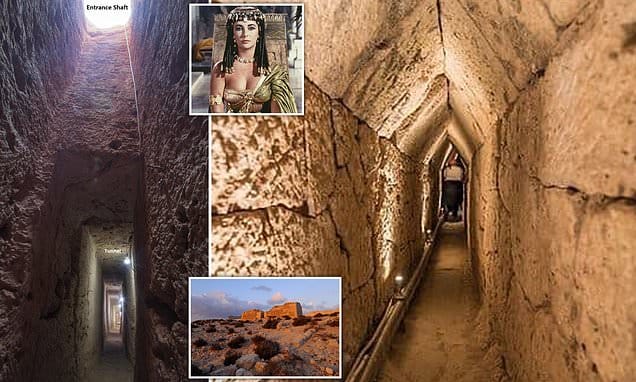Under Egypt’s ancient Taposiris Magna Temple, a tunnel cut through layers of rock has been found. This tunnel may lead to the tomb of Cleopatra, which has been lost for a long time.
The tunnel, which is being called a “geometric miracle,” is more than 4,800 feet long and about six feet high. It is said to look like the Tunnel of Eupalinos on the Greek island of Samos, which is regarded as one of the most important engineering feats of the classical world.
Kathleen Martinez, an archaeologist at the University of San Domingo, has been sure for more than a decade that Egypt’s last pharaoh, Cleopatra, and her lover, Mark Antony, were buried in the temple. She is sure that the tunnel will lead to this discovery.
The Taposiris Magna Temple is near the Egyptian city of Alexandria, which was once the country’s capital. Its name means “great tomb of Osiris.”
Martinez said there’s a good chance the queen is buried there, and if she is, it would be “the most important discovery of the 21st century” to find the remains of Egypt’s last pharaoh.
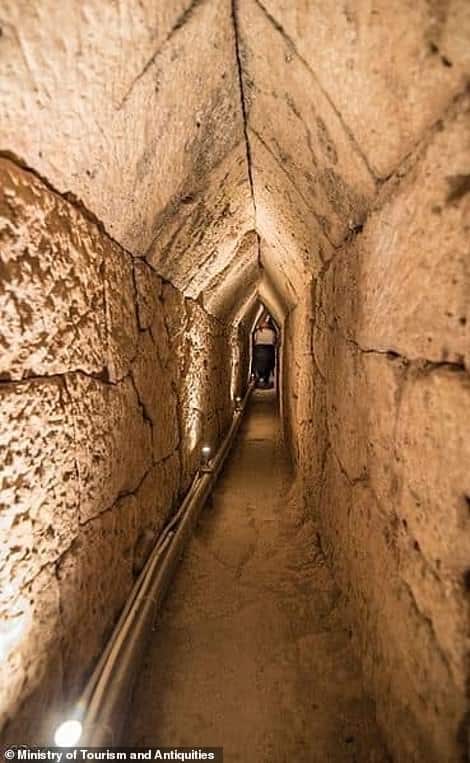
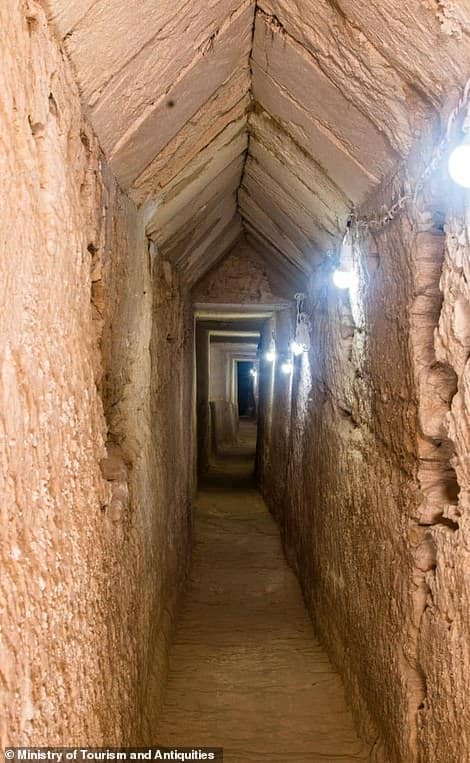
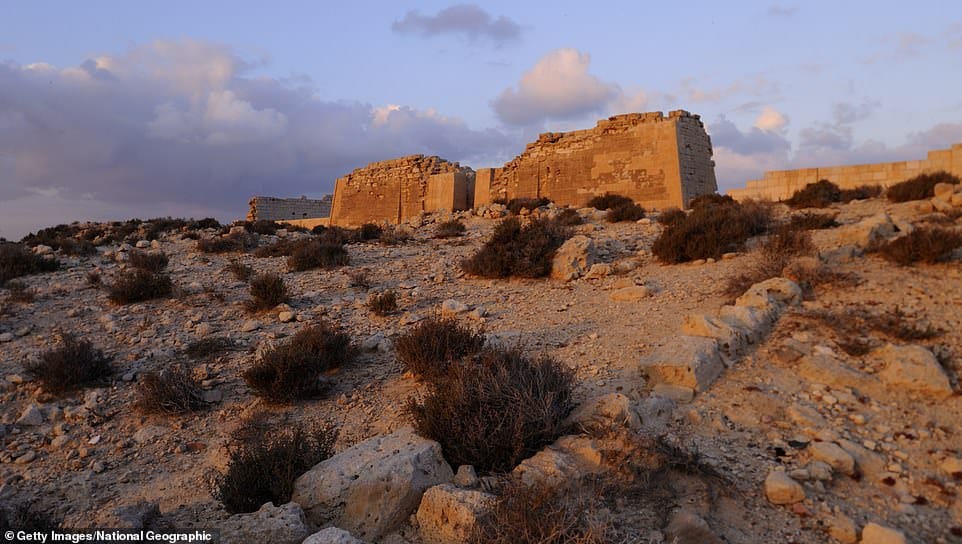
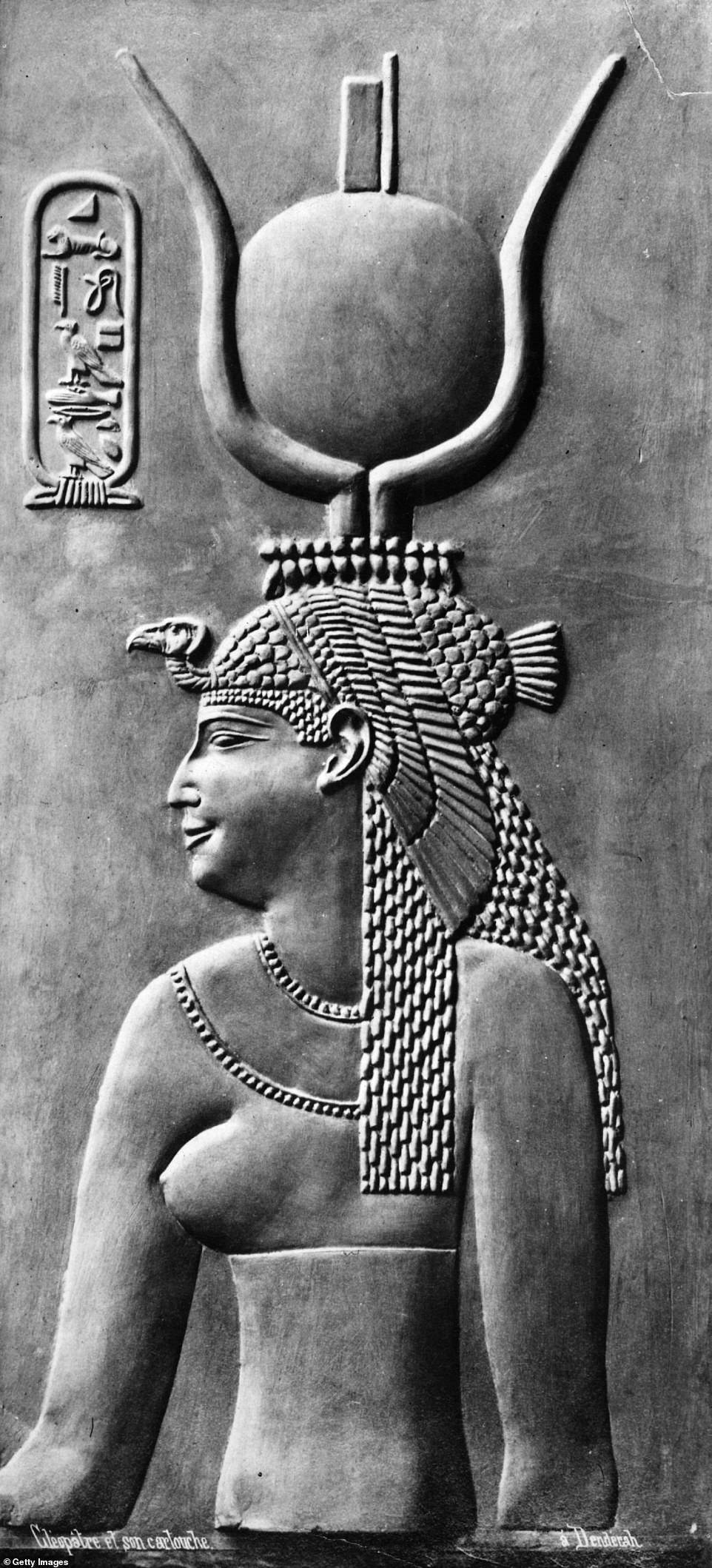
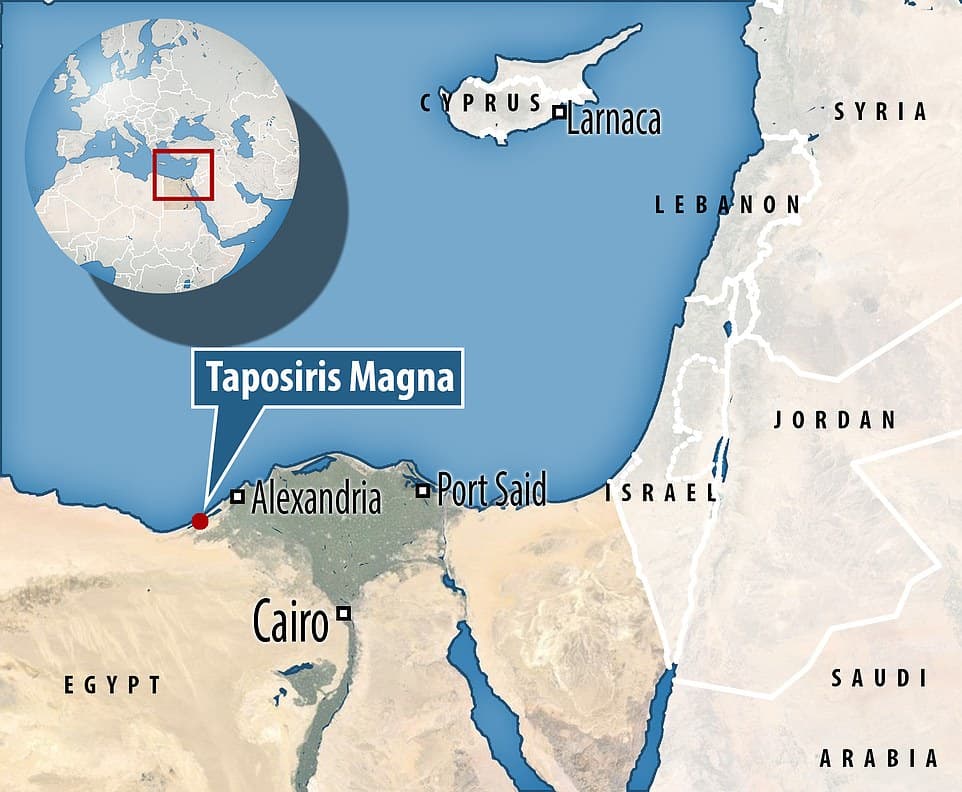
Martinez told Heritage Key: ‘If there’s a one per cent chance that the last queen of Egypt could be buried there, it is my duty to search for her.
‘This is the first time that any archeologist has found tunnels, passages underground [and] inside the enclosure walls of the temple, so we have changed forever what they know about the architecture.’
The archaeologist thinks that Mark Antony killed himself after losing to Caesar Augustus, also known as Octavian and that Cleopatra made plans for both of them to be buried there.
Martinez has worked at the Taposiris Magna Temple for more than 15 years. She told National Geographic in the past: Cleopatra negotiated with Octavian to allow her to bury Mark Antony in Egypt.
‘She wanted to be buried with him because she wanted to reenact the legend of Isis and Osiris.
‘The true meaning of the cult of Osiris is that it grants immortality.
‘After their deaths, the gods would allow Cleopatra to live with Antony in another form of existence, so they would have eternal life together.’
After finding the tunnel carved into the rock about 43 feet below the temple, Martinez may now be on the right track.
Teams working at the site found a part of the tunnel that was under the Mediterranean Sea. Under the mud sediment, they found a number of pottery vessels and pottery tractors, as well as a rectangular block of limestone and a blind completion.
The research team thinks that at least 23 earthquakes that hit the Egyptian coast between 320 AD and 1303 AD may have also sunk the foundation of the Taposiris Magna Temple.
Martinez also found a number of important artifacts inside the temple. These included coins with the faces and names of Queen Cleopatra and Alexander the Great, as well as a number of statues with their heads cut off and statues of the goddess Isis.
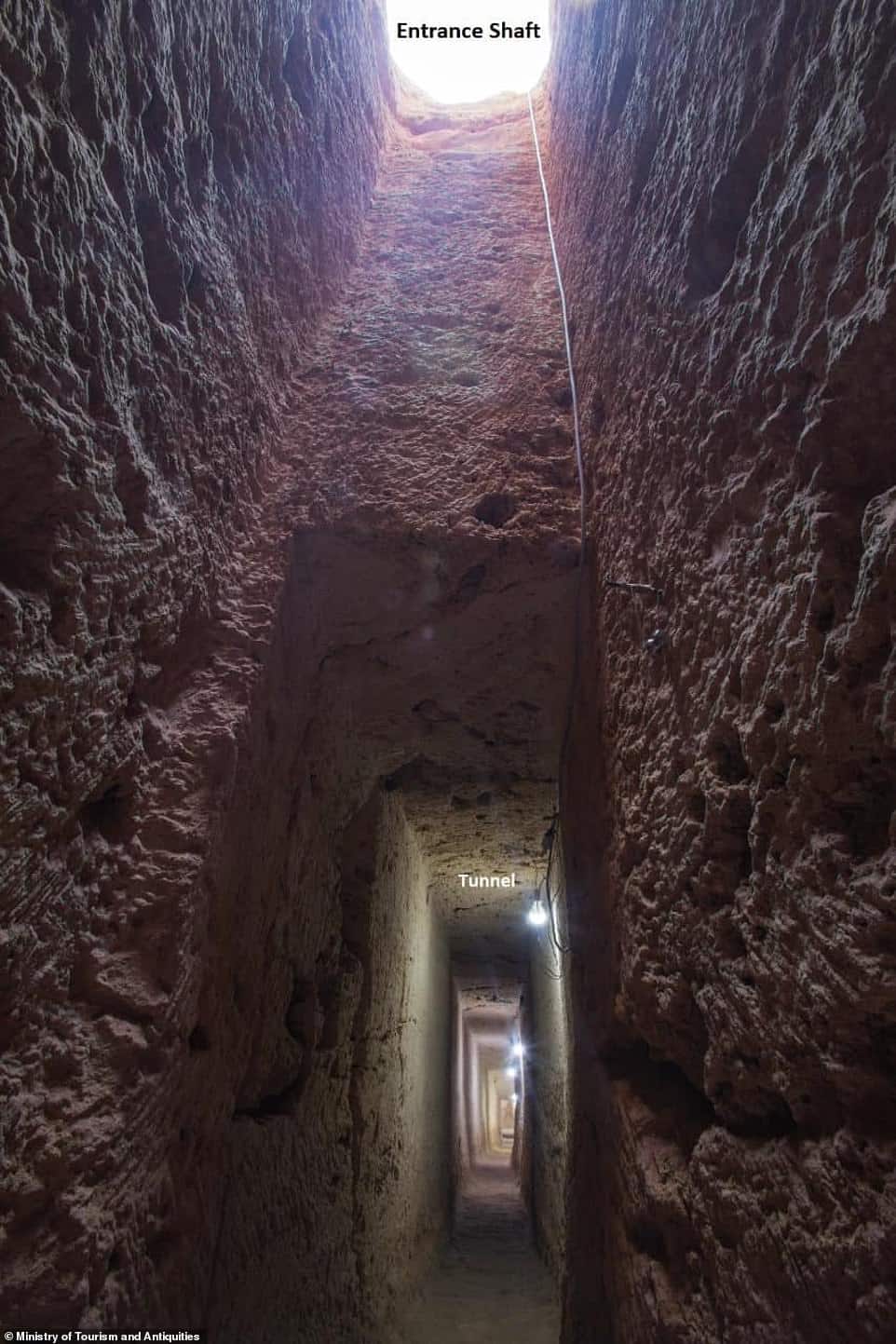
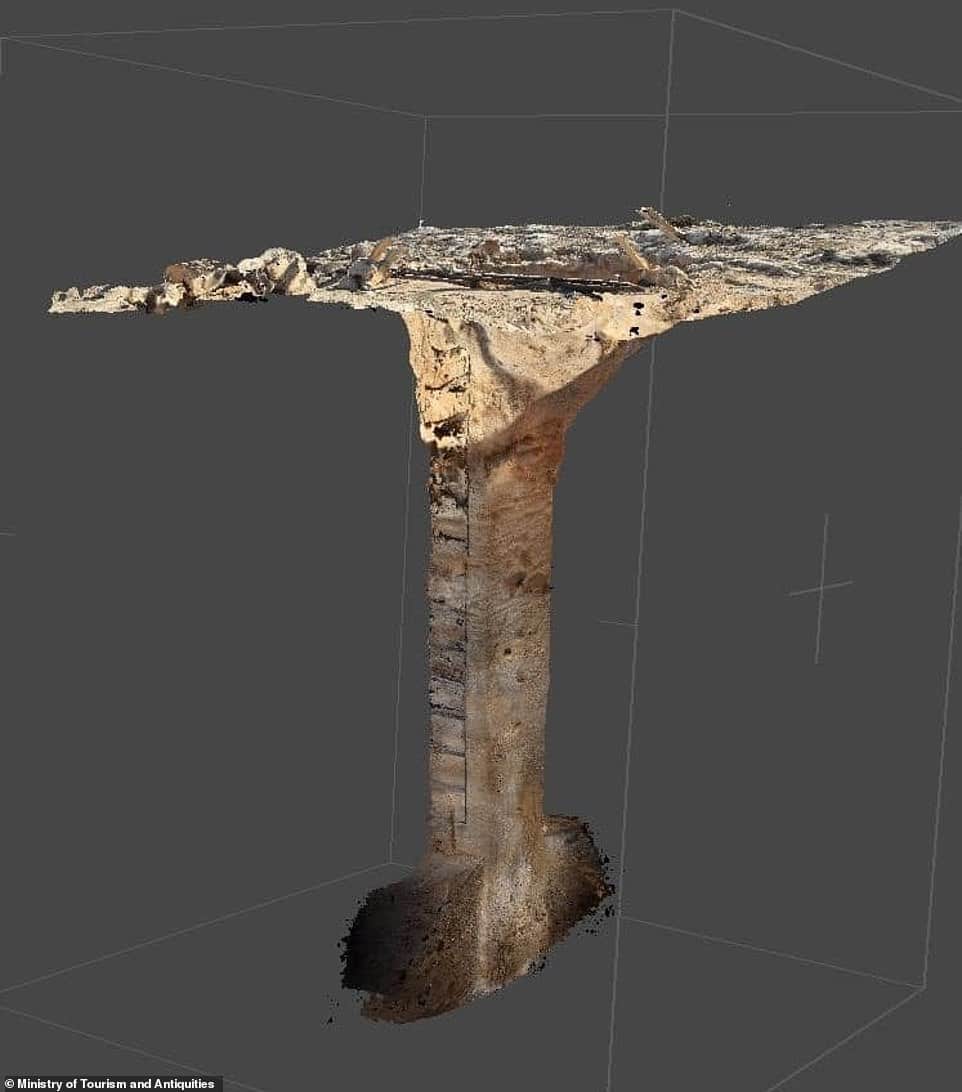
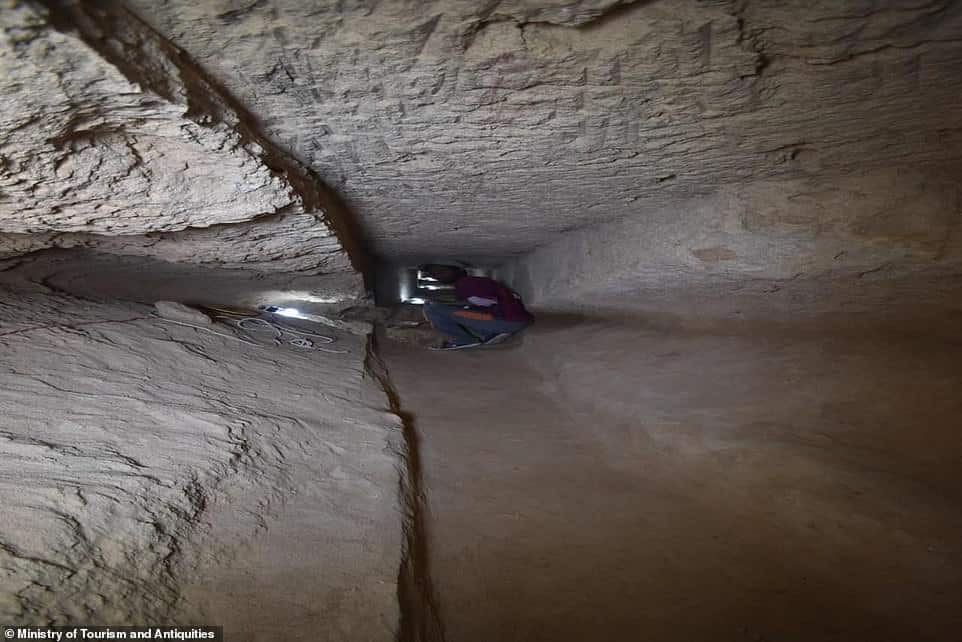
The team announced two years ago that they had found the mummies of two high-ranking ancient Egyptians, one male and one female.
The mummies, which had been in the tomb for 2,000 years without being touched, are in bad shape because water got into the tomb. But they used to be covered with gold leaf, a luxury that only the most important people could afford. This suggests that they knew Cleopatra.
Cleopatra is often called the first famous person in the world. She was the last ruler of Egypt in a long line of Ptolemaic rulers who were all related to the Greek general Alexander the Great.
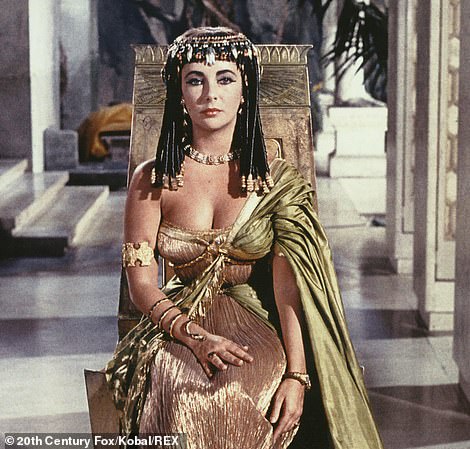
She was in charge from 51 BC to 30 BC, when she died.
When her father, Ptolemy XII, died, Cleopatra became Cleopatra VII, queen of Egypt, and her brother, Ptolemy XIII, became king at the same time. The two brothers and sisters ruled Egypt as husband and wife.
She also worked hard to connect herself and Antony with the story of Isis and Osiris. This helped the Egyptians see her and Antony as rulers.
To win over the ancient Egyptians, Cleopatra was also said to be the daughter of the Egyptian sun god Re.
During her life, which lasted from 69 BC to 30 BC, Cleopatra was known for being both a seductress and a fascinating person, as Elizabeth Taylor showed in the 1963 movie “Cleopatra.”
She was famous for using her charms to first seduce Julius Caesar to strengthen Egypt’s relationship with Rome and then to seduce Mark Antony, who was Caesar’s second-in-command.
But Antony married another woman, Octavia, to fix a strained relationship with the Octavian ruler, her brother.
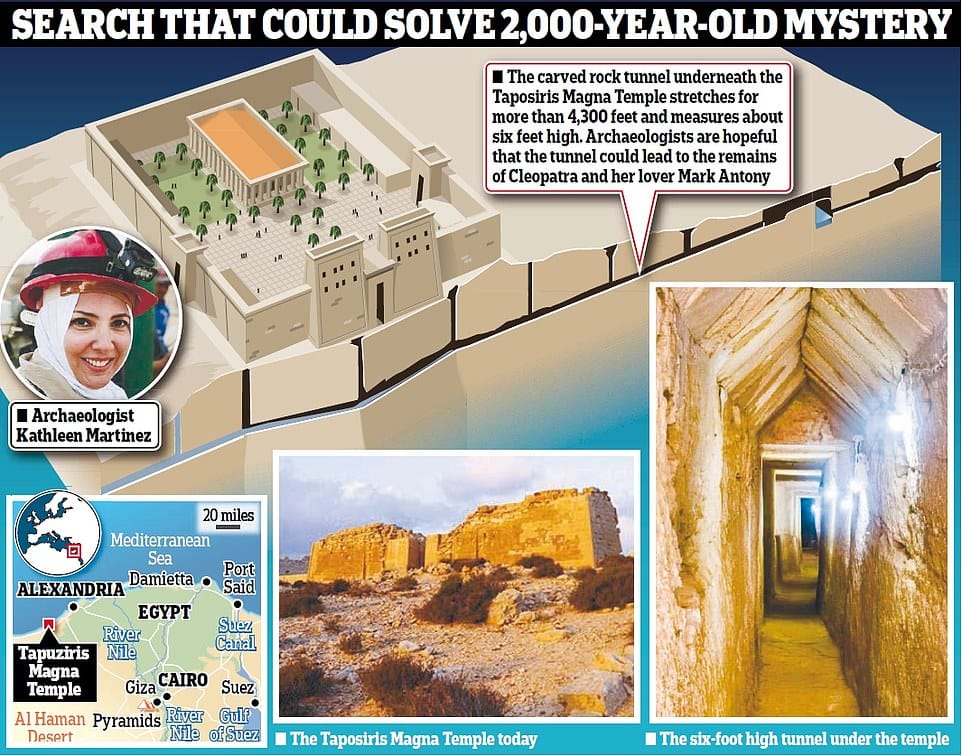
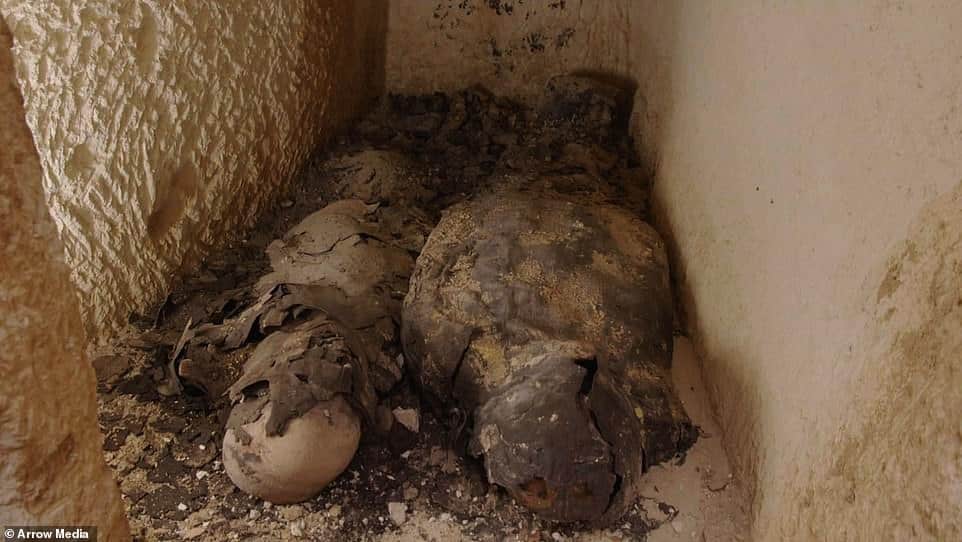
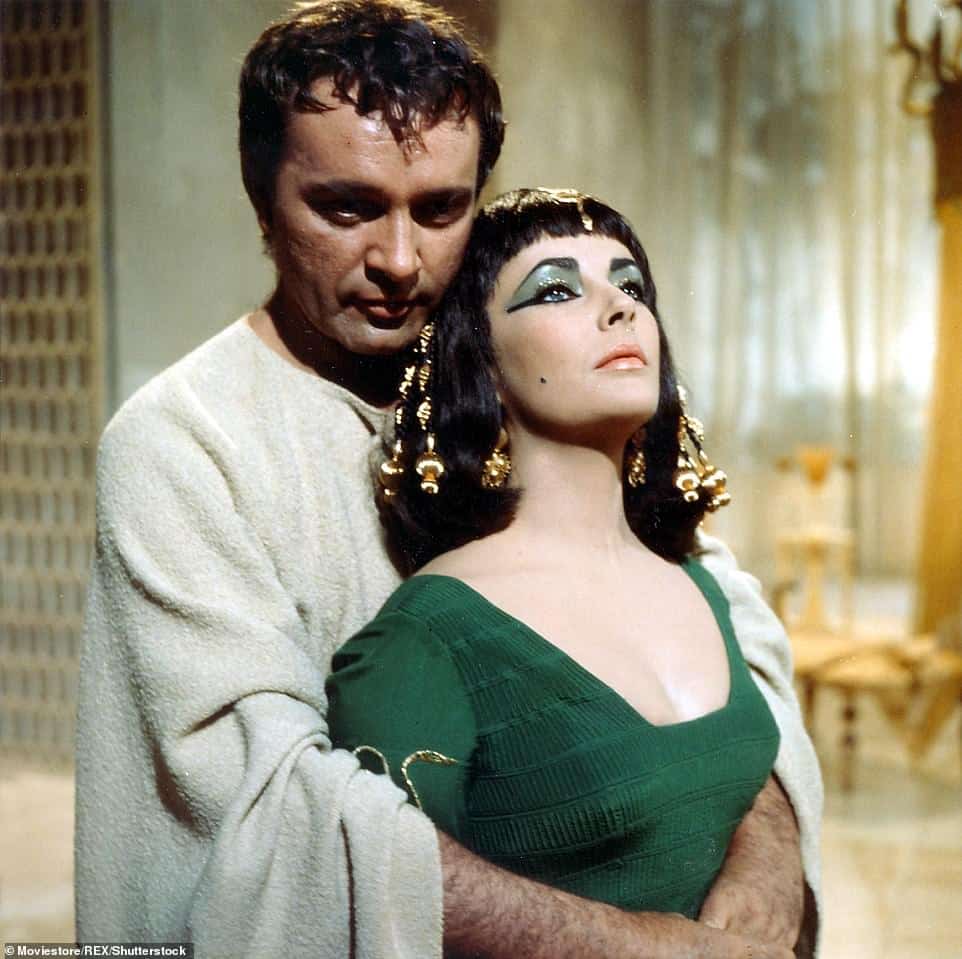
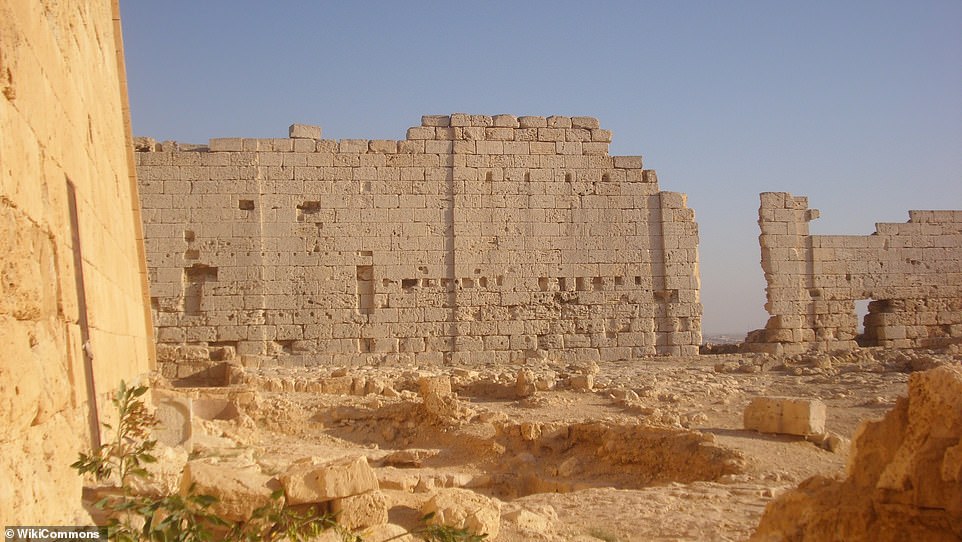
The History Channel says that Antony later left his new wife for Cleopatra. The two then got married, which was against a Roman law that said Romans couldn’t marry foreigners. Then, Octavian went to war with Cleopatra and Antony, and he was able to beat them both.
Cleopatra then ran away to the tomb she had built for herself. When she didn’t come back, people thought she had killed herself.
Antony stabbed himself to death because he thought his queen had killed herself. He died in Cleopatra’s arms.
Shortly after her lover died from his wounds, Cleopatra killed herself. It is said that she let a poisonous snake bite her, but this has been debated.
Ancient stories say that a queen hid a snake in a basket of figs she brought in from the countryside and then used it to kill herself and two of her servants on August 12, 30 BC.
But academics don’t agree with this common belief. They say that Egypt’s poisonous snakes, like cobras and vipers, would have been too big to sneak into the palace without being seen.
Octavian went back to Italy and became the first Emperor of Rome. Cleopatra and Antony were buried somewhere in Egypt. And their tombs might be somewhere in the tunnel that was just found.
The idea that Cleopatra and Antony were buried at Taposiris Magna Temple has been questioned, though.
Other experts think that Cleopatra was buried quickly in Alexandria, the city where she ruled Egypt until her death in 30 BC when she was only 39 years old.
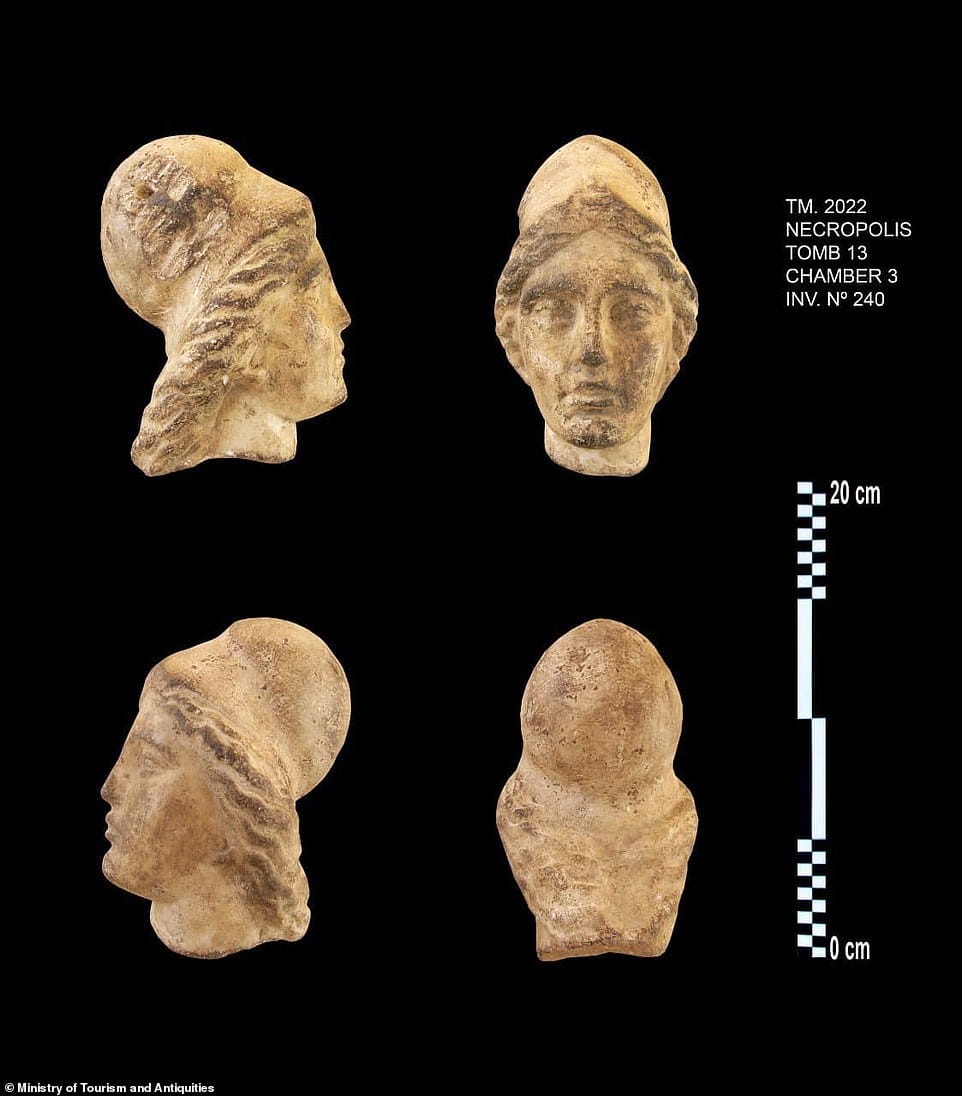
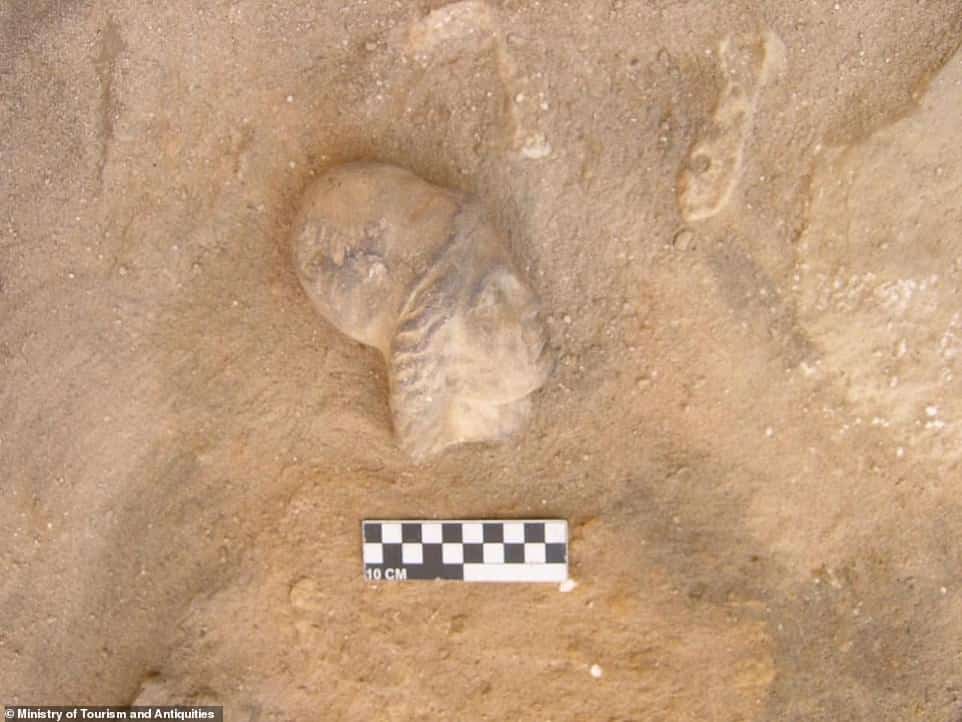
Others say, though, that because Cleopatra and Antony worked hard to connect themselves to the story of Isis and Osiris, the Taposiris Magna Temple must have had something to do with their lives and deaths.
In the story of Isis and Osiris, Osiris was killed and cut up into pieces that were then spread all over Egypt.
Isis was able to bring her husband back to life after she found all the pieces and put them back together.
Martinez thinks that the name Taposiris Magna, which means “tomb of Osiris,” is related to the myth because the name means “tomb of Osiris.” It could have been one of the places in the story where his body was found.
Maiken Mosleth King, an ancient history lecturer at the University of Bristol’s Department of Classics and Ancient History, said that burying Cleopatra and Antony at Taposiris Magna would have been a “powerful political and religious statement.”


